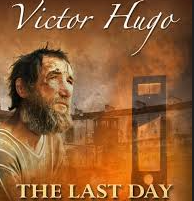Contents
The short novel “The Last Day of a Condemned Man” is one of the most well-known and popular books of Victor Hugo which he presented to the literature world in 1829. One of the most popular questions about this novel is, “Are the hero and his experiences taken from an actual event or, as claimed, was it written after an execution that the author witnessed one day in Paris’s famous Grêve square?” Frankly, V. Hugo stated that the reader could choose any of these two possibilities and his main purpose was to explain that the death penalty is a brutal practice against human rights to the French people.
Indeed, in the course of events in the novel, the character’s inner world, the judicial structure of the period and the people’s careless and cruel perspective towards death row inmates are often described rather than his crime and name.
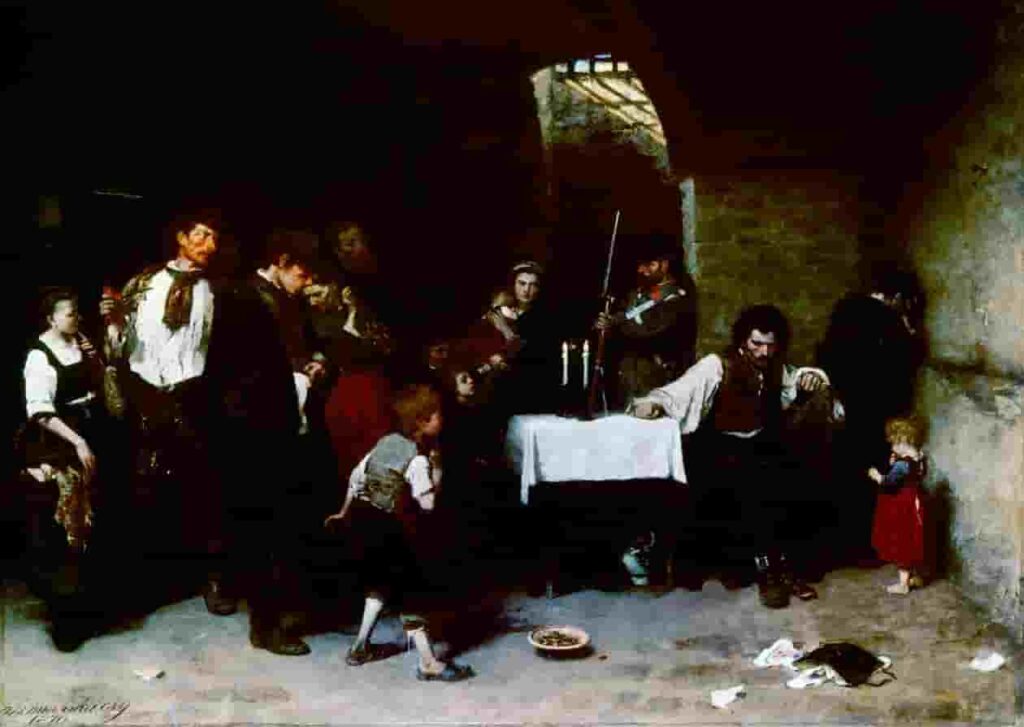
The wonderful novel titled The Last Day of a Condemned Man which is approximately 100 pages, has been translated into many world languages. Thanks to the narration of Victor Hugo who expresses the flow of events step by step with the perfect art of analogy, you will often find yourself in the inner world of the death row prisoner and sometimes in the Bicêtre prison room where he is kept before his day of execution. Furthermore, you will be deeply devastated for this death row inmate, whose details of his crime or even his name you do not know.
In addition, you will get tired of thinking about what kind of crime this man could have committed that deserves execution. On the other hand, in this novel you will find some similar feelings from the book Crime and Punishment if you have read it also.
A Glimpse into the World of a Condemned Man
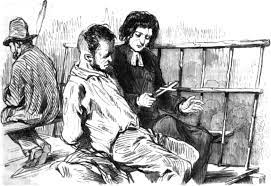
It should be noted at this point that; According to the author, it is clear that there is a section who prone to crime among the social layers that make up the society. However, it is clear that executing criminals will not be a solution for political leaders without educating the society and eliminating poverty and the reasons that push people to crime. In the first pages of the novel, Victor Hugo makes a broad assessment to the judicial system and administrators as to why the death penalty should be abolished.
In his book, it is explained how painful a punishment death is, especially being brutally executed, with descriptions that express how valuable life and living are.
Additionally, Victor Hugo gives examples of some painful events during guillotine executions and emphasizes the meaninglessness of this punishment still existing in France in 1829, when he wrote the book. Then, in a few-page stage, he has journalists, judges and poets talk in a room and explains their ideas about the death penalty at that time in a critical manner using analogies. After the first 30 pages of the book- The Last Day of a Condemned Man pass like this, the beginning of the events and the main subject of the novel begin from the mouth of the death row prisoner, and this short novel ends with the execution of the main character by guillotine.
The Power of Empathy in Hugo’s Writing
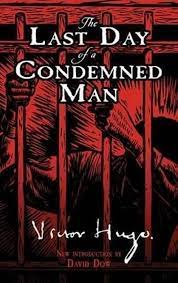
If we briefly consider the novel, it is clear that it was written by a visionary writer, taking the conditions of the period it was written into consideration. The book was first published anonymously in France at the time. The author had stated that he expects the public and administrators to digest the message of the book for a while about that. Although it received reactions and criticism firstly, especially from the judges and the bourgeoisie, after a while the short novel called The Last Day of a Condemned Man was appreciated by the public and became a world classic over time.
Themes of Justice, Humanity, and Mortality in the Novel
The main idea of the novel called The Last Day of a Condemned Man is the necessity of abolishing the death penalty in France of the period. Victor Hugo emphasized human rights even at that time, in the early 1800s and revealed that death row inmates were also human and should had rights.
This idea which was quite innovative for its time, was initially received negatively by the French people, administrators and bourgeoisie and became the target of harsh criticism. Along with this, Hugo explained the details of “the penal servitude” which was the heaviest punishment of the period, through the events his main character experienced in prison. In this context, the author defended the necessity of abolishing hard labour-penal servitude and the death penalty, which he saw as contrary to human rights.
In the French judicial system of the period, there were witnesses, a jury, a judge and a court of appeal. The decapitation of a prisoner sentenced to death with a guillotine takes approximately 6 weeks, including appeals. The author believes that everyone should understand what the death row prisoner went through in these 6 weeks and especially in the last 24 hours before his execution.

According to him, it is cruel not only for a person to be subjected to physical violence, but also for 6 weeks to live with the feeling that his head will be cut off at any moment. In his opinion, it is meaningless to try to justify this by stating that “with a more sudden and painless death instead of hanging.” by the judicial system. Because a person also has a soul and the suffering of his soul until he is executed is ignored by the judicial system.
History proves – Hugo was Right
It is certain that; History proved that Victor Hugo was right. As he emphasized in his book The Last Day of a Condemned Man, the death penalty was later abolished by respected countries, on the basis that it was against human rights. In this context, within the framework of all this information in this book, the 6-week short story of the death row prisoner, his experiences between Bicêtre prison and Grêve square where he was executed, is told in detail in a deep artistic language.
Why The Last Day of a Condemned Man Still Resonates
The hero of the novel does not have a name. We also do not know the details of the hero’s crime. In our opinion, the author did not give these two pieces of information specifically to clear us of our prejudices. So yes, the hero of The Last Day of a Condemned Man has committed a murder. The punishment for this crime is death and we do not know any other details about this issue. According to V. Hugo, the name of the hero of the novel is not important and even the crime he commits is not important.
The important thing is the fact that he will be executed by guillotine, and the author did not want us to know the name of the main character of the novel and the details of his crime. Perhaps this ignorance really enables us to focus on the subject that the author wants us to focus on, namely, the spiritual and mental pain that the death row inmate suffers every second, perhaps even every split second, in the hours before his death. After the foreword and the evaluations of Victor Hugo, and the speeches that took place in a hall and emphasized the above-mentioned issues, the hero of our book begins to explain his story.
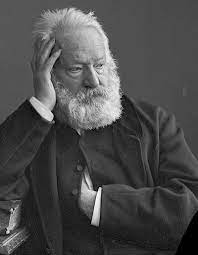
The hero of the novel, who is put on trial for a murder, sometimes returns to his childhood and sometimes remembers the times when he was free, from that moment until he is executed by guillotine. Additionally, the main character sometimes tries to make sense of the moment he is experiencing and how he got into this situation. We do not know how old the hero of the book is, however, as we understand from his own words that he is still very young.
Victor Hugo and Condemned Man
Rather than the personal characteristics of the hero, the author tries to make us look at the prisoner’s inner world by giving spiritual details about what happened in the 6-week period between the death penalty decision given by the court and the guillotine execution of our hero. Furthermore, the event, which took place in France in the 1800s, criticizes the political and social structure of the period. It is widely criticized that decapitation with a guillotine, especially for criminals sentenced to death, has begun to be preferred because it is an “instant, sudden and painless” form of death.
Last Day of a Condemned Man Characters
For exactly 6 weeks after the death sentence had been read to his face, our novel hero knew that he will be beheaded with a guillotine, and he lived with visualizing that moment in his mind every day, every hour and even every minute. In his own words, our main character says, “They say it is a sudden and painless death with a guillotine, but do they not understand that the soul suffers?” He criticizes the king and judges of the period by saying.
Our hero, who trembled when the death sentence was read to his face in the courtroom and could not believe it at first, lived with hope until his execution approached. According to him, his freedom is between the king’s lips and there is hope of forgiveness until the last moment. Unfortunately, this hope will end the moment he walks to the guillotine.
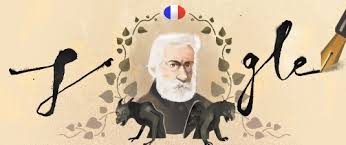
Here, our character’s seeking help from the king instead of the judicial system and judges is, in our opinion, a veiled criticism against the system.
The characters of the novel the Last Day of a Condemned Man are actually our hero, who is a death row inmate, the judicial system and the public. Apart from this, perhaps the only real person whose name we know in the book is our main character’s 3-year-old daughter, Marie. At the end of the novel, before our hero is taken to death row, his daughter Marie is brought to him, and the death row prisoner, who hugs Marie, unaware of everything, questions life again and feels devastated for this orphan he will leave behind.
Main Message of Last Day of a Condemned Man
It should be noted at this point that; Victor Hugo gives a general message to the reader and the administrators and judges of the period with the emotional bond between a father on death row and his daughter. This message is that “death prisoners also have families, and in fact their families are also sentenced to death along with the prisoners.” In the novel, this message is clearly conveyed through the death row prisoner and his daughter Marie. In addition, the message is clearly given in the novel that ignoring the sociological and economic reasons that push people to crime and simply executing criminals without making any effort to eliminate these reasons will not solve the problems.
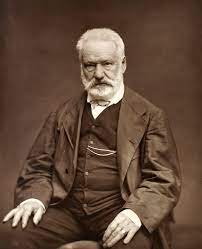
On the other hand, apart from the judicial system, another general character who is the target of harsh criticism in the novel is the French people of the period. The people gathered in Grêve Square in Paris in order to watch the executions, where death row prisoners were beheaded with a guillotine, were harshly criticized in the novel.
In line with that, the bloodthirsty public’s pleasure in watching the execution of prisoners is harshly criticized by Victor Hugo.
